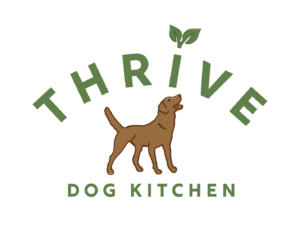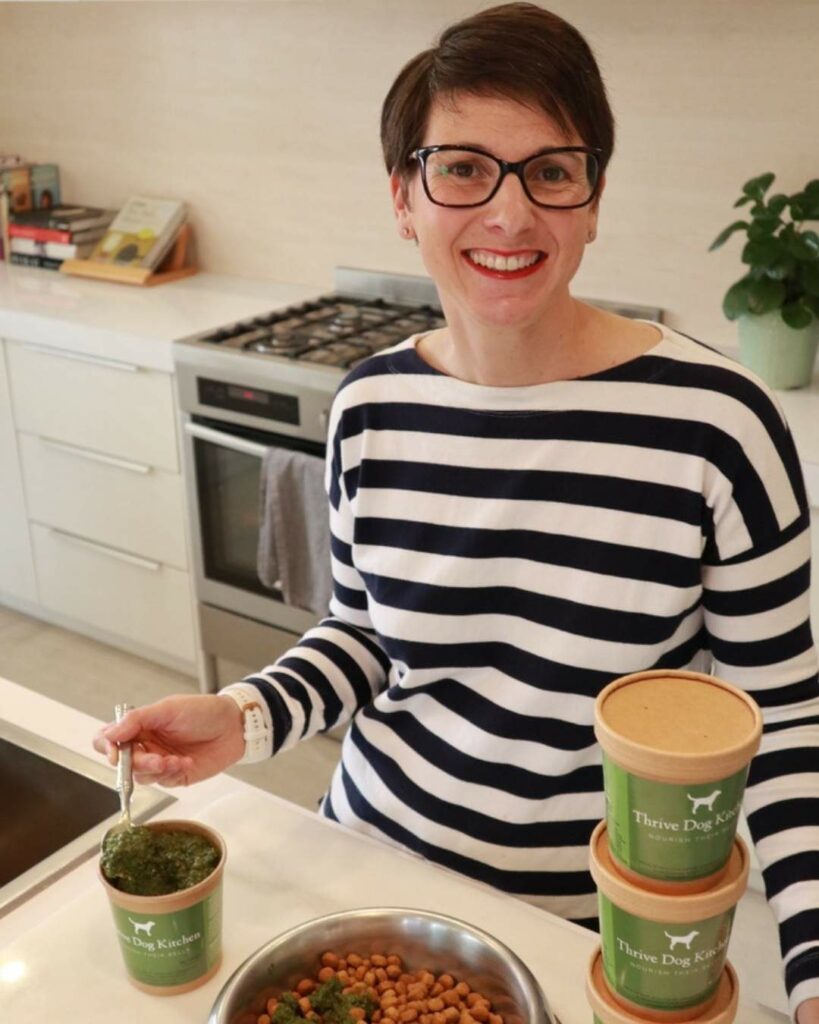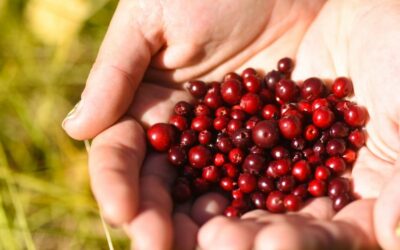Adding a puppy to your family is a fun and exciting time. With that comes a number of things to consider to ensure you set you and your puppy up for success, including nutrition. Whether you choose to feed your puppy kibble, fresh foods or something in between we have a handful of tips that will set your puppy up for success with their nutrition.
The Goal of Feeding Puppies
The goal of feeding puppies is to produce healthy adults, which includes:
- Achieving proper growth
- Optimising trainability
- Boosting immune function
- Decreasing the risk of obesity
- Minimising the risk of of bone and joint disorders
Within the above goals, different sized breeds will have have more specific aims:
- Small breeds aims to avoid obesity
- Large and giant breeds aim to prevent rapid growth that leads to bone and joint disorders.
Critical Nutrients for Puppies
Once a puppy is weaned from its mother, their diet must provide the nutrients needed to allow it to reach its potential growth. They require the same nutrients as adult dogs, but in different amounts to support their optimal growth. For example, puppies need more protein than adult dogs.
When it comes to puppies, their growth is not linear, but in spurts. The first six months of a puppy’s life sees rapid growth and then continues in an up/down/plateau momentum until adulthood.
Growth continues until a pup reaches adulthood, which varies significantly:
- A small breed puppy can reach adult size within 6 to 8 months
- A giant breed puppy will grow until 2-3 years
A puppy’s development will be influenced not only by the amount of food provided, but also by the quality and nutrient density of the food.
With that in mind we’ve come up with 5 tips to start your pup’s life off on the right paw:
5 Nutritional Tips for Puppies
Regularly monitor puppy’s weight
Tracking your puppy’s weight at least weekly and their BCS (body condition score) at least bi-weekly, allows you to make adjustments to portion sizes and foods being fed. Develop a plan based on your puppy’s growth, weight gain and energy requirements to establish a lifelong habit of monitoring their weight.
Feed puppy 3 small meals a day
Puppies can’t regulate vitamin and mineral production and storage. They also need to replenish energy to fuel their growing bodies. Meals can be reduced to twice daily between 4-6 months depending on the puppy’s growth rate. There are two approaches to feeding your puppy with the correct amount of food.
- Option A – 7-10% of the puppy’s body weight – requires more monitoring of the puppy’s weight.
- Option B – 2% of the expected adult weight – more speculation and guesswork
Examine puppy’s poops
Get comfortable with poop. You’ll be scooping it up in your backyard and when you’re out and about so it’s a great time to learn the difference between a healthy poop from one that might indicate a health issue. Poops should not be too loose or too firm. The amount of bone in the puppy’s meal should be reduced if its poop is overly firm, white chalky or contains many bone pieces. It’s usual for puppies (and dogs) to experience some diarrhea when they change food, whether from one kibble type to another or one protein to another. They may also experience diarrhea from the stress of a new environment. It’s important to identify the cause of the diarrhea so it can be treated appropriately.
Introduce various foods through a trial and error process
Feeding any type of food to a puppy is a process. Some puppies adjust well to a variety of foods, whether fresh, kibble, tinned, or freeze-dried. Yet, others may have particular or limited food preferences. Luckily, puppies are curious and explorers by nature. Take advantage of that. There is scientific evidence that rotating the source of protein for a puppy can decrease the chance of developing food allergies, and intolerances.
Supervise while feeding
Whether it’s small food pieces or large raw meaty bones, supervising your puppy is essential. You’ll learn what type of eater they are (slow and steady or a gulper) and be able to adjust how and what they are fed to suit their needs. If you choose to feed your puppy raw meaty bones the guideline is to feed bones larger than their heads to encourage jaw exercise, proper chewing and helps avoid choking hazards. As they’re learning to eat bones, use tongs to hold onto the bone, to reduce risk of injury to yourself, while your puppy gnaws on the bone.
While feeding a puppy can be trickier than an adult dog because a puppy’s nutritional needs are constantly changing, embrace the journey of raising a puppy that will be fit and healthy.
Considering feeding your puppy a fresh food diet? Then reach out to me. As a certified canine nutritionist I’ll work with you to set your pup up for a thriving life.






0 Comments